Some time ago I got it in my head that a tweed suit is what I need or at least what I greatly desire to wear. In fact and amongst many other perfectly good reasons, it would be a very practical attire to wear in such a cold country as Finland and would propably last a lifetime in my wardrobe. Desides, when one cycles to school one needs a proper outfit to do so. . . Therefore, I started to look into some tweed fabrics and got my mother to do the suit with me which I never could have done without her help. Luckily, we both are tweed freaks so it did not take much convicing to get her involved.
Basically, my mom just told me what to do and I tried to deliver the job to the best of my ability, although she did most of the sewing. Over all, the suit making process was a lengthy one since we couldn't continue it on some months because I was studing in another city. In total, the suit was done after five months but had we not skipped some months between August and December it propably would have taken about two to three months. Below you can read more about the process but I do have to apologise for the lack of images. Hopefully you can get a general idea of the process from what I have writen.
PATTERS
Everything starts with patterns and for this particular suit we took some advise from ready-made patterns which anybody can find in different handicraft magazines. After that we of course altered and made changes to the patters according to the suit style we wanted to achieve.
PROTOTYPES
It is safe to say that patters are never perfect on first go which is why our next step was to sew prototypes. For this we used old bed sheets. During prototyping process we also did our first fittings where we would mark any areas that needed alterations with a black marker pen and pins. This is why you use old bed sheets for your prototypes so you can literally write notes on them.
PATTERN ALTERATIONS
Next everything that was noted on the prototypes needs to be transfered to the patterns as well. For example, if the sleeves were too long naturally you cut the pattern shorter etc.
SOURCING THE TWEED FABRIC, BUTTONS
AND LINNING
When the patterns where ready it was time to decide the fabric and buttons which largely effect the whole style of the suit. I ordered my tweed fabric from Harris Tweed website which was really hard since all of the fabrics were so beautiful. There was a gorgeous light pink and blue tweed with burgundy overcheck which I might have gotten if it weren't out of stock. In the end the fabric was delivered really quickly considering we had to pay customes.
Finally, after months of being unable make a choice I decided to go for a green, blue and brown check with yellow and orange overcheck which we ordered three meters. (Also note that this particular tweed fabric is quite thick since it is originally MacLeod clan's hunting tartan. I am not sure if all the fabrics on the site are of similar thickness but it is good to be aware of that.) For buttons I decided to go for a brownish gold metal with horse embossing.
CUTTING
When the fabric had arrived it was time to get into cutting. First, the tweed was ironed with steam and a wet cloth on top. Secondly, all the patterns had to be placed on the tweed according to its check pattern so that the seamlessness of the check doesn't break when the pieces are sewn together.
SEWING PREPARATIONS
Buckram And Alignment Marks
When the patterns are cut it is important to attach or iron buckram fabric onto some of the pattern pieces. Buckram gives support to the tweed and delivers cleaner, stiffer and more precise look to the whole suit. For example, collar areas and lapels are typical areas where bruckram is used.
After ironing buckram pieces next step is to go back to the patters again and place them on top of the fabric pieces we just cut. This time it is essential to look for markings in the pattern crucial during the sewing process. These markings are then sewn to the fabric with a few stitches.
SEWING
Sewing a suit involves so much that I am certain I cannot explain everything here, especially, since my mom did most of it. Therefore, hopefully it is fine that I explain this from my point of view.
Obviously, the whole point of sewing is attaching the pieces together. Easy enough right! Well, not always so easy since you actually need to know in what order to sew the pieces and sometimes it can be challenging to realize which piece goes where. Also every seam needs to be opened with steam and a wet cloth.
I did most of the sewing on the vest as well as attempted to do the pant pockets which I failed at but at least I tried. Over all sewing the tweed was very pleasant because wool is quite forgiving and the shape is easy to manipulate. However, the lining material, viscose acetate, was extremenly slippery and therefore challenging to sew. That is why, I had to redo a big part of the vest's lining because it was so hard to sew together with the tweed. Who knows, maybe real silk would have been a touch easier to manage.
FITTING
Of course, as each piece started to come together we had to do some fittings to make sure everything was good and see if something had to be changed. Especially, when it came to the blazer sleeves fitting them on me and pinning them onto the blazer's body was important before sewing.
FINAL TOUCHES
Button Holes, Buttons And Fabric Labels
What was solely my job during the sewing process were the final touches which included button holes, buttons and sewing on fabric labels. In fact, I became quite good at making button holes which you can do quite easily with a sewing machine. And when it comes to buttons each button has an "under button" (I don't know the real term) that is sewn at the same time with the actual button but on the other side of the fabric. This makes the button closure more durable and long-standing. We decided to put four small buttons on the vest, two big buttons on the blazer front and four small on the sleeves as well as one big button on the pants.
THE FINISHED SUIT
Blazer, Vest And Pants
The finnished suit includes a classic, fitted blazer, a matching vest and a full lenght pants. Naturally, all of the pieces can be worn together or styled individually with other items in your wardrobe. Even thought we aimed for a classic, equestrian style suit there is something very Hobbit like about it which makes the suit quite charming.
Have you ever made a suit?
Would consider getting a tweed suit?
Thank you so much for reading!
Siiri

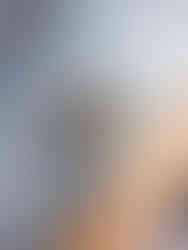

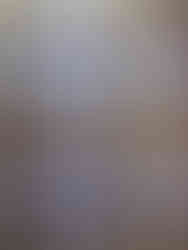

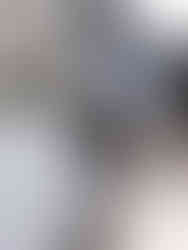

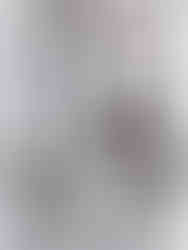

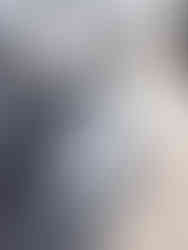

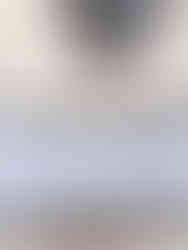

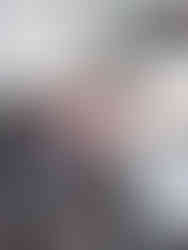

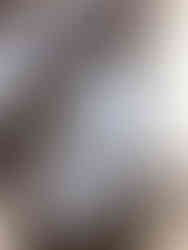


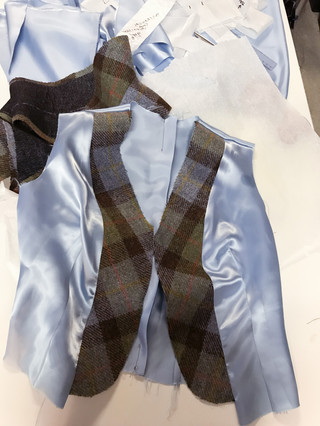
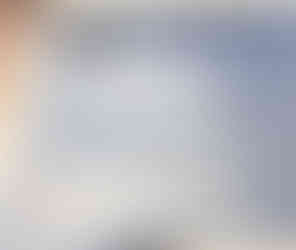

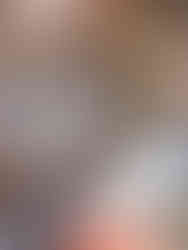

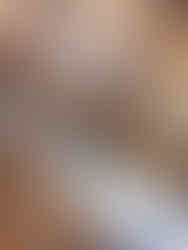

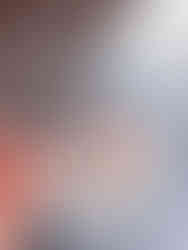

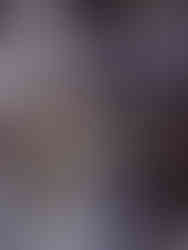



Comments